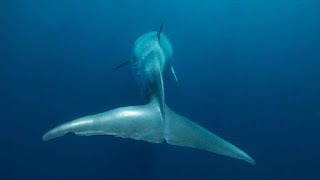 |
| Grounded on the Overland Track |
Of course there have still been trips away - I am a travel writer, after all - but I've tried to weigh up the benefits of going (not just for me) against the impact, and to (hopefully) keep my feet on the ground.*
So here's my highlights reel for 2012 (and links to blog posts and stories about them). Thanks, 2012!
1. Walking the Overland Track, in Tasmania - specifically, swimming
across an ice-cold mountain lake (in mid-summer) to
a small island where, inside a rusted saucepan, there was a visitors book, and
a pen. I held the pen with shivering fingers and wrote, “I love it here”, my name and the date. And wading through thigh-deep mud on a side-trip up Mt
Oakleigh, to the blue-sky Tasmanian views.
 |
| Feet first on Christmas Island |
3. A
weekend camping trip with the river red gums on the banks of the Murrumbidgee River in south-western NSW. Love those trees.
 |
| Kayaking "Everest" |
 |
| Minke magic |
5. Swimming with 16 minke whales on the northern end of the Great Barrier Reef off Lizard Island. Wildlife encounters don't get much better than this.
 |
| The mystical Kimberley coast |
7. Surfing
in Lombok, Indonesia, and a barefoot black-tie dinner on the beach where (permit me a moment of immodesty) I won the ASTW's highest honour, the 2012 Travel Writer of the Year award.
8. Moving house – within the house. A rollercoaster of a mind-ride. A cathartic culling of "stuff". A new, energy-efficient fridge (while the old inefficient one was carted off to fridge heaven, to be recycled, thanks to the Fridge Buyback Scheme). A peaceful new home.
9. Walking in the South Australian outback, seeing wildlife galore, sleeping under the stars in luxury swags on a tourism-funded conservation project called the Arkaba Walk.
10. Having time to just be, here in a part of Sydney that often doesn't feel like it's part of a city of 4.5 million people - not when you're swimming in crystal-clear water, paddleboarding past sea lions, surfing with dolphins and seeing whales from the Manly ferry. I feel very fortunate indeed to live in such a naturally beautiful place.
 |
| Lanterns in the cypress trees |
 |
| My favourite beach |
Big thanks to everyone who shared these experiences with me - whether in real time or through reading my stories and blog posts - and to those who made them possible.
Happy new year!
* This is a carbon-neutral blog post. All flights were offset with Climate Friendly.
Happy new year!
* This is a carbon-neutral blog post. All flights were offset with Climate Friendly.
























+wilderness+society+pic+by+Damian+Kelly.jpg)




















